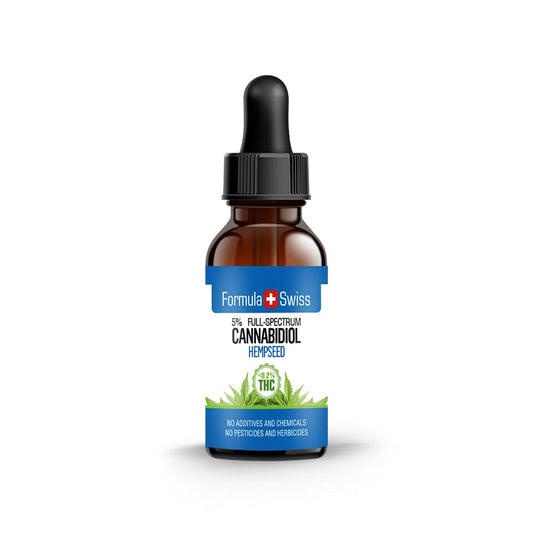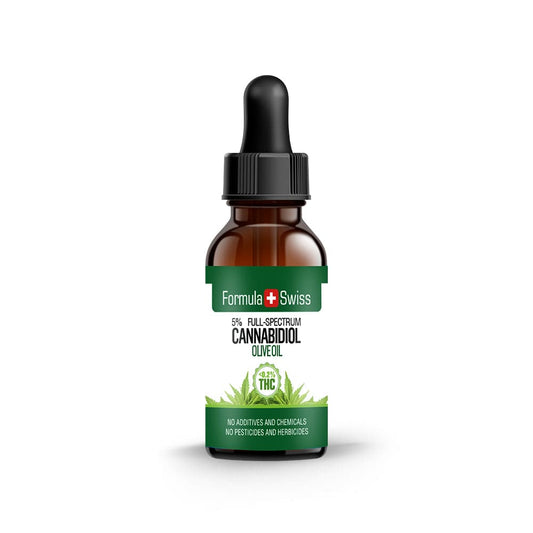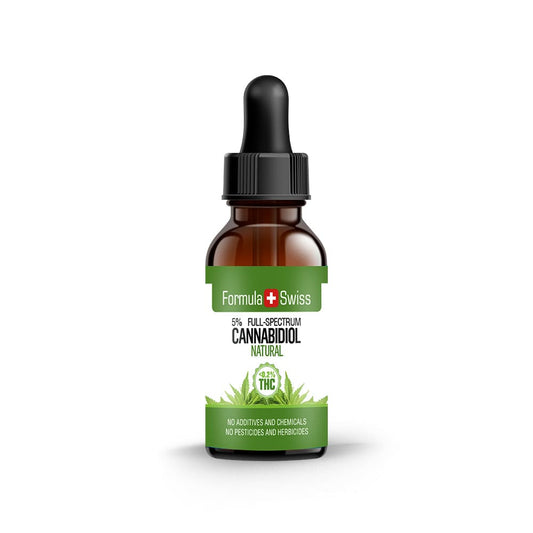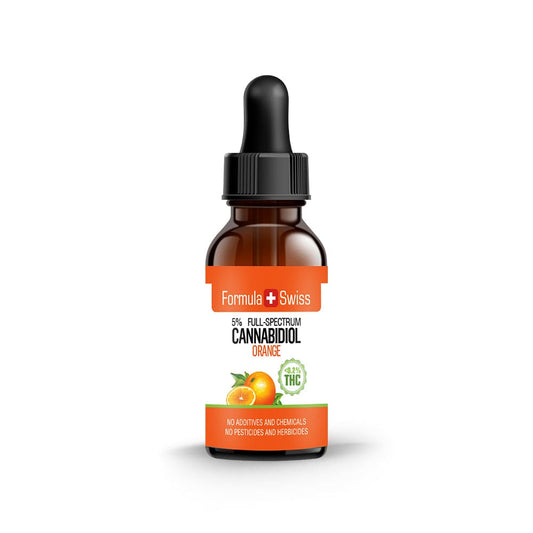Polish hemp cultivars, Henola and Białobrzeskie, have demonstrated exceptional performance in fiber trials conducted by researchers at Oregon State University. The two varieties showed a significant edge over counterparts from China and the USA, making them standout options for hemp fiber production.
This development highlights Poland's strength in hemp cultivation and reinforces the global value of Polish genetics in the hemp industry.
Superior Fiber Content in Polish Varieties
The trials, which were harvested in 2022, compared the performance of the Polish varieties with three other cultivars from China and the USA. Henola and Białobrzeskie boasted notably higher bast fiber content, a critical factor in determining fiber quality.
Henola, known as a grain producer, has emerged as a dual-purpose variety, while Białobrzeskie, a legacy fiber strain, has proven to be a consistent leader in fiber production.
Key Findings from the Oregon Trials
The Polish varieties outperformed Jin Ma from China and two American strains, NWG 2463 and NWG 4113, in several key indicators, including:
- Bast fiber content: Henola and Białobrzeskie had the highest percentages of bast fiber.
- Stem diameter: Jin Ma had the largest stem diameter at 19.5 mm, while the other varieties ranged between 10-13 mm.
- Stem yield: Henola produced 7,447 lbs/acre, while Jin Ma topped the scale at 37,062 lbs/acre.
Monoecious vs. Dioecious Varieties
One of the distinct differences between the varieties lies in their reproductive traits. The Polish varieties are monoecious, while the other cultivars are dioecious. This difference in plant reproduction can impact pollination, fertilization, and plant development, potentially influencing fiber yield and quality.
Importance of Bast Fibers
Bast fibers are the most valuable part of the hemp plant’s stalk. They are long, durable, and resistant to degradation, making them a sustainable raw material for various industries, including textiles, paper, and biocomposites.
The ability of hemp varieties to produce high concentrations of bast fiber is a key indicator of their value in fiber production, and the Polish cultivars have excelled in this area.
Oregon's Hemp Potential
The results of the trials in Oregon suggest that all the tested hemp varieties, including Henola and Białobrzeskie, are well-suited for cultivation in the state. Oregon’s growing conditions appear favorable for these varieties, supporting the potential for expanded hemp production in the region.
Personal Perspective
As someone who follows the evolution of the hemp industry closely, I find the results of these trials particularly compelling. The success of Polish hemp varieties, especially in a highly competitive global market, speaks volumes about the importance of continued research and innovation in hemp cultivation.
It's fascinating to see how different growing environments and plant genetics contribute to varying outcomes in fiber production. These trials serve as an encouraging reminder of the potential for hemp to become an increasingly vital crop in sustainable industries.







